Nicholas Dufour
Sequential training of GANs against GAN-classifiers reveals correlated "knowledge gaps" present among independently trained GAN instances
Mar 27, 2023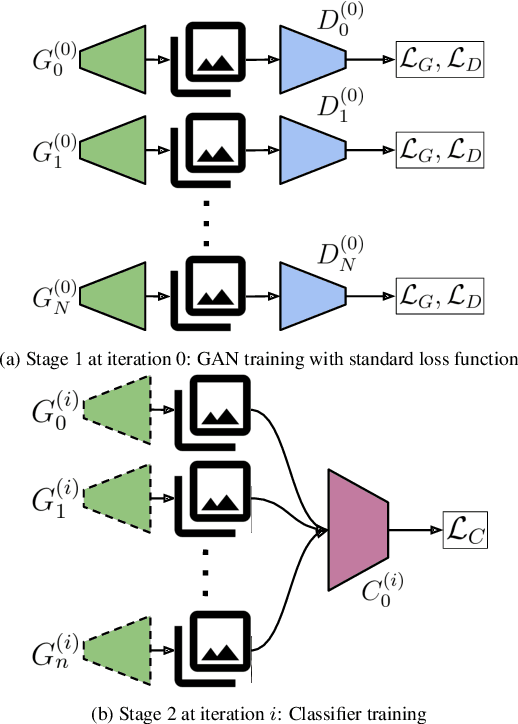
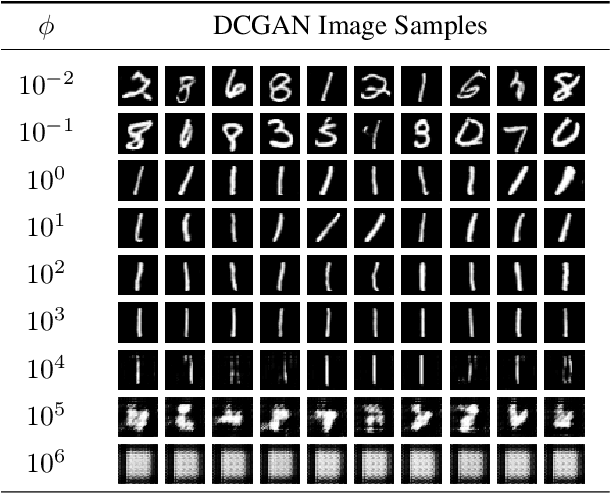
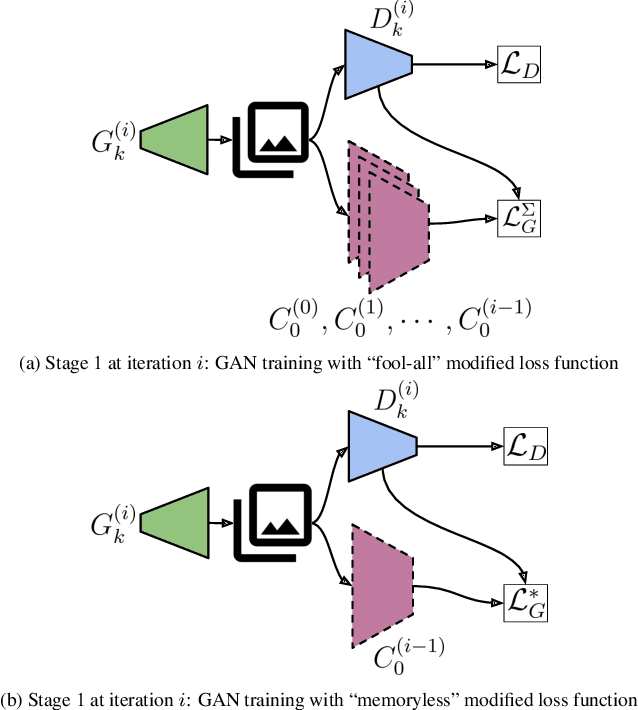
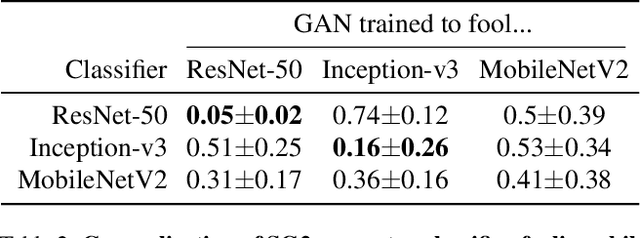
Abstract:Modern Generative Adversarial Networks (GANs) generate realistic images remarkably well. Previous work has demonstrated the feasibility of "GAN-classifiers" that are distinct from the co-trained discriminator, and operate on images generated from a frozen GAN. That such classifiers work at all affirms the existence of "knowledge gaps" (out-of-distribution artifacts across samples) present in GAN training. We iteratively train GAN-classifiers and train GANs that "fool" the classifiers (in an attempt to fill the knowledge gaps), and examine the effect on GAN training dynamics, output quality, and GAN-classifier generalization. We investigate two settings, a small DCGAN architecture trained on low dimensional images (MNIST), and StyleGAN2, a SOTA GAN architecture trained on high dimensional images (FFHQ). We find that the DCGAN is unable to effectively fool a held-out GAN-classifier without compromising the output quality. However, StyleGAN2 can fool held-out classifiers with no change in output quality, and this effect persists over multiple rounds of GAN/classifier training which appears to reveal an ordering over optima in the generator parameter space. Finally, we study different classifier architectures and show that the architecture of the GAN-classifier has a strong influence on the set of its learned artifacts.
TruFor: Leveraging all-round clues for trustworthy image forgery detection and localization
Dec 21, 2022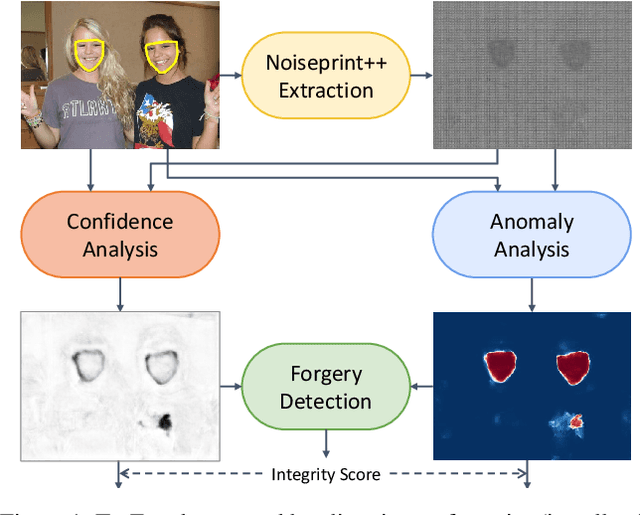
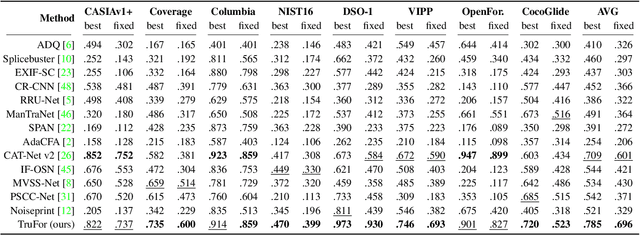
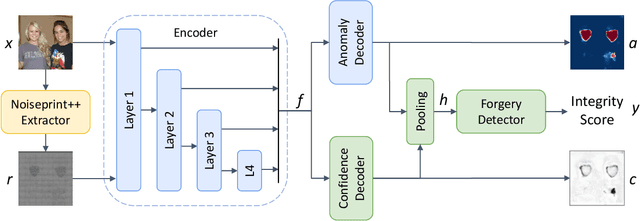
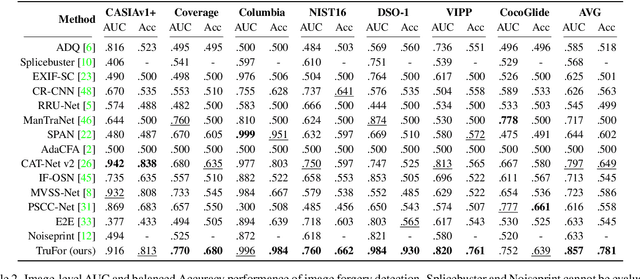
Abstract:In this paper we present TruFor, a forensic framework that can be applied to a large variety of image manipulation methods, from classic cheapfakes to more recent manipulations based on deep learning. We rely on the extraction of both high-level and low-level traces through a transformer-based fusion architecture that combines the RGB image and a learned noise-sensitive fingerprint. The latter learns to embed the artifacts related to the camera internal and external processing by training only on real data in a self-supervised manner. Forgeries are detected as deviations from the expected regular pattern that characterizes each pristine image. Looking for anomalies makes the approach able to robustly detect a variety of local manipulations, ensuring generalization. In addition to a pixel-level localization map and a whole-image integrity score, our approach outputs a reliability map that highlights areas where localization predictions may be error-prone. This is particularly important in forensic applications in order to reduce false alarms and allow for a large scale analysis. Extensive experiments on several datasets show that our method is able to reliably detect and localize both cheapfakes and deepfakes manipulations outperforming state-of-the-art works. Code will be publicly available at https://grip-unina.github.io/TruFor/
 Add to Chrome
Add to Chrome Add to Firefox
Add to Firefox Add to Edge
Add to Edge